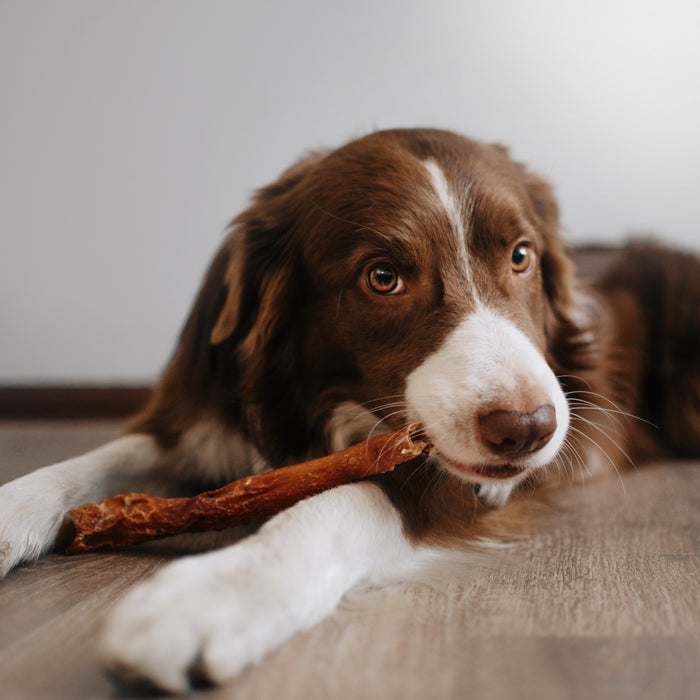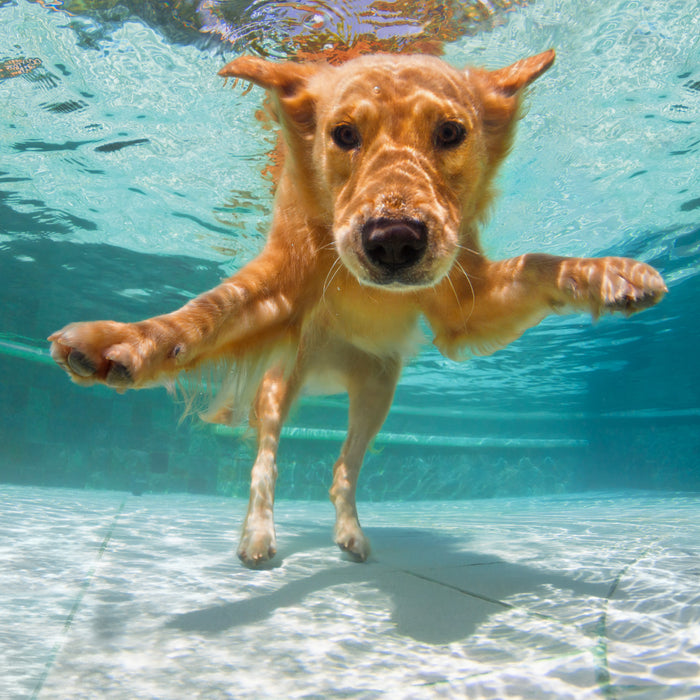
on Whatsapp every day
on Whatsapp every day

Yes, today there are more than 300 different dog breeds around the world. That's a lot, isn't it? To maintain order, these races are divided into 10 groups. Unofficially, there is another rather nice classification, which divides breeds into four groups based on their size:
Having said that, the official classification according to the FCI establishes no less than 10 main groups into which the over 300 existing breeds are structured. Many of these breeds were classified decades ago based on their function. It should not be forgotten that, in addition to being considered companions and friends, dogs have been used by man for centuries as "tools" for various tasks... Other groups, however, are based on aspects such as genetics or aesthetics.
We already know how many dog breeds there are. But I won't ask you to learn the names of all of them... However, if you are passionate about the world of dogs and plan to work with them, you should at least know the 10 groups into which the different breeds are classified. And, of course, know their characteristics. Let's go in order!

As the name suggests, they are dog breeds traditionally used for herding or accompanying livestock. They are intelligent, fast and obedient animals; these characteristics have also made them faithful assistants to the police and rescue teams. By the way, there is a breed of cattle dog that, paradoxically, does not fall into this group: the Swiss cattle dog.
Many of these dogs are characterized by their large size. The Swiss Cattle Dog, in fact, is included in this group precisely because of its larger size compared to the breeds in group 1. Here we find "giants" like the Swiss Cattle Dog. Here we find "giants" such as the Mastiff, the Saint Bernard, the Great Dane ... But also medium-sized breeds such as the Giant Schnauzer and the Boxer, and small breeds such as the Miniature Schnauzer.
The dog breeds that make up this group are native to England. Numerous crossbreedings were carried out there to obtain small animals capable of chasing prey into their dens (or "terreras": hence the name). There are different types and sizes, from the peculiar bull terriers to the adorable Yorkshire terriers.
They are what we have always known as "dachshunds" : beautiful dogs with an elongated body, large floppy ears and short legs. They are elegant, loyal and very courageous, as they derive from breeds that have been used for centuries for hunting.
This group includes the most adventurous dogs: those who accompanied the explorers of the Polar Circles on their journeys. They are powerful, indomitable and beautiful animals. The best known breeds are the Siberian Husky and the Alaskan Malamute , but be careful: the Chinese Chow Chow also belongs to this category.
Group VI dogs are famous for their ability to spot clues and follow tracks . We all have in mind those elegant dogs with slender paws and large ears, but this group also includes less "elegant" dogs such as the dachshund. And even if it doesn't seem like it, the beautiful Dalmatians also belong to this group.
Although it may seem like the dogs in this group are going to a show (which they might also do for their beauty), in reality they are what we commonly know as hunting dogs . For example, here we find breeds such as pointers and setters.
Let's continue with the hunting dogs. Those in this group are related to those in group VII, but are usually smaller in size. For example, the beautiful cocker spaniels, small but full of character, belong to this group. These dogs are good swimmers, which justifies their belonging to this group of water dogs.
This group is a rarity. It is a sort of "container" for many races , which in many cases also belong to other groups. We find all types of dogs: from Chihuahuas to Labradors. Their characteristics: they are affectionate, docile and good guardians of the house.
We conclude the ranking with the most elegant and aristocratic dog breeds. Greyhounds, sighthounds and Afghan hounds are distinguished by their slimness, speed and classic demeanor.


Most dogs go crazy for water, but why? Whether it's a fountain, a puddle, the sea or a river, dogs seem really attracted to it, woe betide them to stop them from taking a nice dip. How can we blame...
{"one"=>"Select 2 or 3 items to compare", "other"=>"{{ count }} of 3 items selected"}
Leave a comment